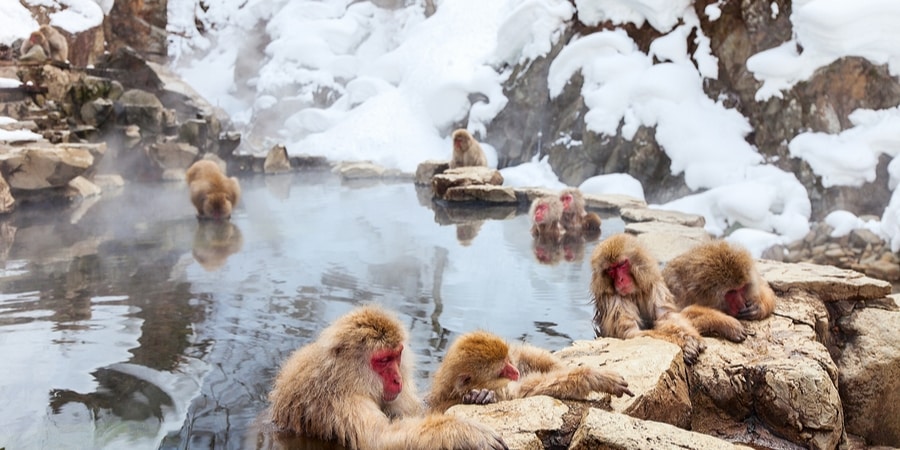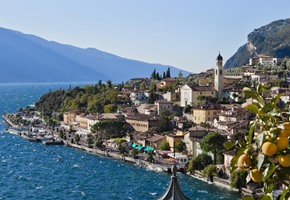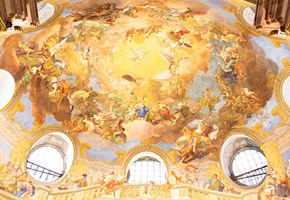Japan is famous for many things. Some of which are man made - the incredible megacities, filled with life and skyscrapers, the incredibly efficient bullet trains, and a hotel that has been in the same family for over 1,300 years (called the Houshi Ryokan, it's in the Ishikawa prefecture and it's pretty amazing).
The parts of Japan we are focussing on today, however, are far more natural. Not the incredible panorama of Mount Fuji, eternally snow capped and an iconic sight throughout the world. Nor am I talking about the magical cherry blossoms, that drop in a whirlwind of beauty in an internationally renowned display during the spring months. This blog, instead, will focus on two classic icons of the animal world - the Japanese macaque, and the dainty Sika deer.
Possibly the most famed of all of Japan's animals is the sage Japanese macaque. Otherwise known as the 'Snow monkey', this mischevious and magnificent mammal can only be found in Japan, and only really where there is snow. This makes them quite unique throughout the primate world, as no other monkey will choose to live where it is predominantly cold and icy.
These monkeys are also a favourite within Japanese culture, having been depicted numerous times in their arts, literature, and even their religion. In Shinto, the ancient religion of Japan, it is a monkey god that guards the crossroads between heaven and earth. Macaques are also said to be the basis of the three wise monkeys Mizaru, Kikazaru, and Iwazaru, known over here in the west to be those who 'see no evil, hear no evil, and speak no evil'. In modern times, the Snow monkey can be seen in a few films that harken back to Japan, with the most recent being the Studio Laika film 'Kubo and the Two Strings'.
Back in the real world, the best place to see the snow monkeys has to be in the Yudanaka Snow Monkey Park, where around 160 Macaques live near amazing thermal springs. Here, tourists flock to visit to see the red faced primates relax in the steaming waters and frollick around the snow covered landscape, sometimes even engaging in snow ball fights! Groups of monkeys are predominantly female, and are led by a dominant alpha male. Having said that, however, behind every great male monkey there is a great female monkey, and the alpha male is usually held in power by the status his female holds.
From Yudanaka, travel to Nara, where you can find the amazing Nara Park. Here, discover a huge colony of Sika deer. These cervinae can actually be found throughout Asia, however the deer from the Nara region of Japan were once considered sacred by many. This is because, according to legend, one of the main gods of Japanese mythology, Takemikazuchi (or 'Thunder God') appeared on the nearby Mount Mikasa on a white deer. So beloved were the deer, that to harm any of them actually carried a death sentence until 1637.
Although the deer are no longer considered sacred, they are now practically a national symbol. Thanks to the availability of feed, and the number of humans that regularly pass through the peaceful park, the Sika deer that reside here are fairly used to human interaction, but in the wild, Sika deer tend to be fairly wary and timid. The animals can be characterised by the pattern of white spots against their auburn or brown fur. In fact, adult Sika deer (known as hinds) look incredibly similar to Disney's 'Bambi'.
Of course, Japan has a massive array of wildlife, from the national bird, the Japanese Green Pheasant, which looks pleasantly like a peacock crossed with our own game bird, as well as the Japanese giant salamander, the second largest salamander in the world. Few animals, however, symbolise the country more than the mischievous snow monkey, and the elegant sika deer.





